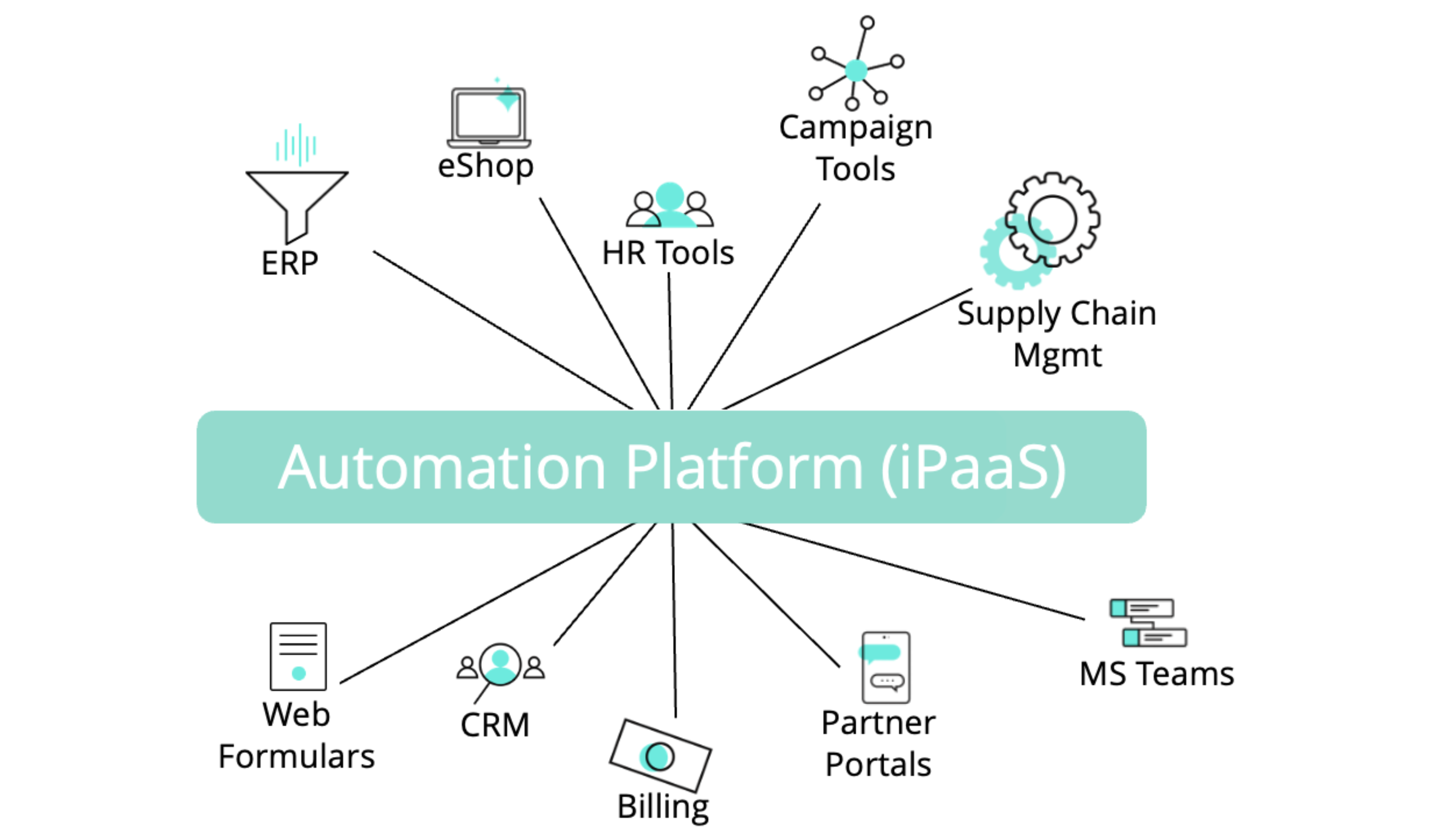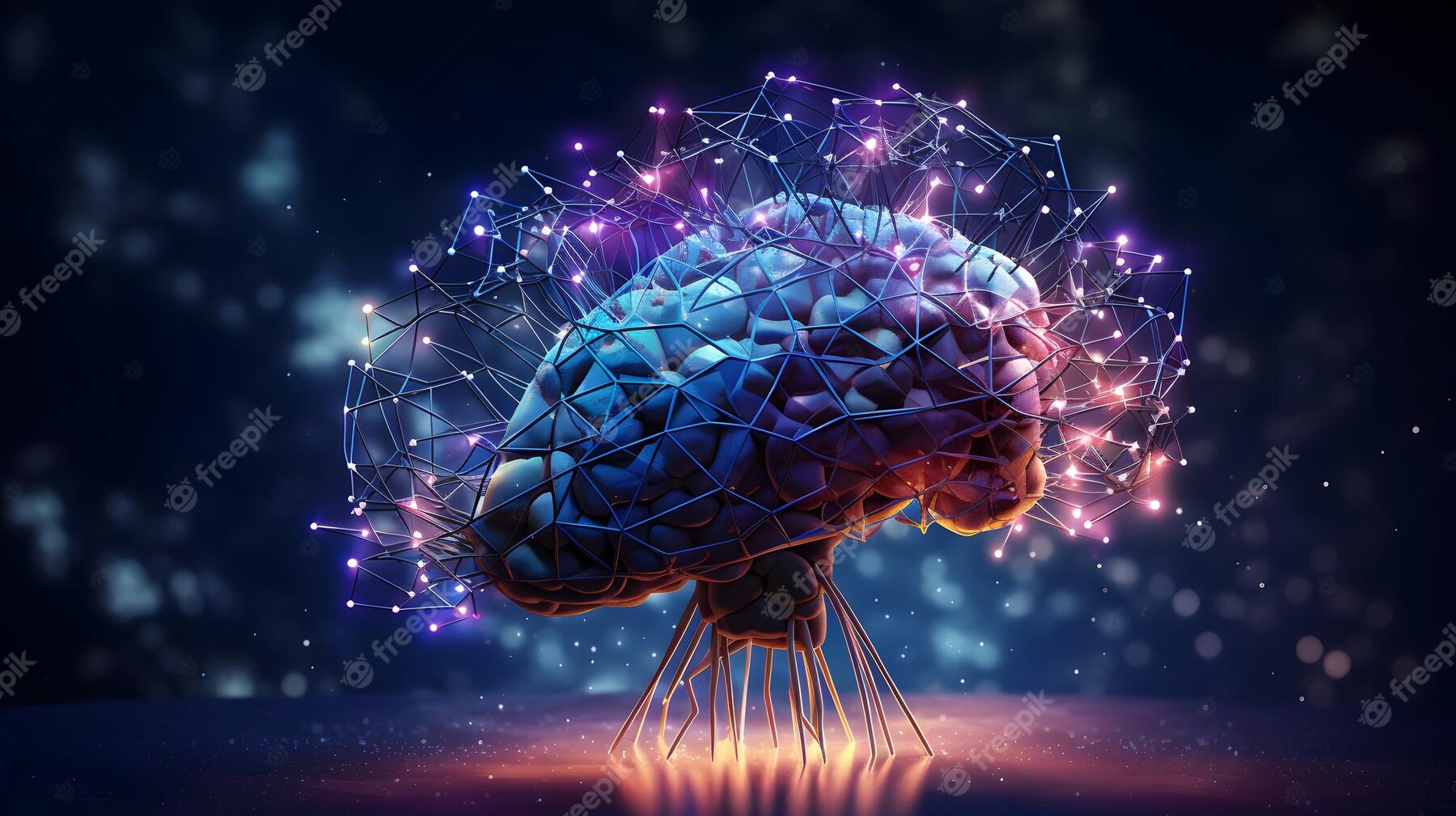Artificial Intelligence in Recruiting - Curse or Blessing?

The Candidate Experience stands for the impression a potential candidate has about an employer during the recruitment process. It includes the individual experience of the candidate, which is shaped by many direct and indirect touchpoints.
Trust in the Candidate Experience
Trust plays a crucial role when integrating Artificial Intelligence into the Candidate Experience. Similar to interpersonal relationships, trust forms the base for the connection between employees and employers.
In the initial stages of the Candidate Experience, key touchpoints include clear communication from the employer and technical-organizational aspects, such as the user-friendliness of systems or a confirmation of the received application. In the later stages, the focus is on the behaviour of the company representatives, where the applicant's trust is shaped by their appearance and communication.
Trust in the various phases of the candidate experience
- Imprinting phase: This phase is about how people perceive the company before they consider it as a potential employer. It happens through both conscious and unconscious impressions of the (employer) brand. Hence, it lacks a fixed beginning point. In this phase, no influenceable trust-building takes place, as the candidate has not yet decided to apply to the company.
- Application phase: This phase starts with the decision to apply to a company, beginning with "orientation & job research". The employer should focus on creating a positive, convincing impression on candidates and providing all relevant information. Once the job seeker is convinced, they move on to the next step "the application". In this stage, trust can be established by implementing a transparent application process and providing prompt feedback among others.
- Selection phase: In this phase at the latest, applicants have their first direct interaction with the company. It is an opportunity for candidates to gain initial insights into the organisation, creating multiple touchpoints. Trust can be enhanced through personal and respectful engagement with the candidates. At this point, it is crucial to communicate job acceptances or rejections in a personalised manner, to preserve the trust that has already been established.
- Onboarding phase: At this stage, it is essential to give the applicant a smooth start in the company. Applicants already have certain expectations based on their previous experiences in the application process, and in this phase, these expectations meet reality.

Artificial Intelligence in the Candidate Experience
Multiple AI tools vary depending on the target audience. This blog post focuses specifically on those that companies can implement. In the imprinting/application phase, companies can post their job openings on platforms such as LinkedIn or Indeed, where algorithms suggest these positions to potential candidates. Additionally, in this phase, job ads could be enhanced using "Text Analytics," and companies may utilise chatbots for improved information dissemination or AI-based application assistants. In the selection phase, companies can implement matching tools that filter suitable candidates for the position among others. The complexity of these tools ranges from simple keyword searches to psychological personality tests and AI that analyse language, voice, and facial expressions.
Impact of AI on trust
As shown in the graph, the trust building between the candidate and the company changes between the application and selection phase. Initially, it is influenced by technical/organisational factors and later by the personal interaction between company representatives and applicants. Based on these findings, it can be assumed that AI offers no added value in terms of personal interaction between company representatives and applicants. It is therefore understandable that the profession of recruiter still exists and selection interviews have not yet been fully taken over by AI. This aspect should not be forgotten in future developments and implementations.
How could AI be implemented in a meaningful and value-adding way?
- Cultural Fit on the website (Self-Assessment): The best employees are not necessarily the most qualified, but those who harmonise best with the company's goals/values and therefore contribute to the corporate culture. Applicants also share this view, as they mostly prioritise the alignment between themselves and the organisation (P-O fit) over the fit between themselves and the specific job. The P-O fit refers to the alignment between individuals and organisations, which occurs when either one fulfils the needs of the other, or they share similar fundamental characteristics/values or even both. Therefore, it consists of both complementary and supplementary fit. For applicants, it's hard to determine how big the fit between them and their target company is, as they only have a few research sources such as the careers page, social media channels or employee experience. The perceptive fit should not be underestimated, as 3/4 of candidates would not apply to a company with which they cannot identify, which is why it's important to provide potential applicants with the right information.
Solution: Matching algorithms provide a potential solution. These assessments can be integrated into a company's careers page to provide the tangible identification and recognition of a cultural fit or "P-O fit". Before implementation, companies analyse their own culture and in some cases can also create a "target profile" to cover both parts of the PO fit. Once implemented, job seekers can carry out this test and receive an evaluation of different scales to determine a potential fit.
Impact on Trust: If there is a strong cultural fit, motivation for applying typically increases. Furthermore, questions or uncertainties resulting from the test can be clarified directly in the further application process. For these reasons, it can be assumed that a tool for assessing a cultural fit could contribute to a better candidate experience, and consequently help to establish trust.
- Job Titles & Job Adverts (Augmented Writing/ChatGPT): This touchpoint is a key factor in the application decision and should not be underestimated. Job advertisements are rarely perceived as good, wdue to a lack of job-specific information, spelling and grammatical errors. Furthermore, (unintentional) "gendered language" is a major problem, as women in particular react negatively to gender stereotyping. These errors reduce the number and diversity of applicants, as 75% of applicants would not apply to such a job advert.
Solution: Artificial intelligence could counteract this by suggesting improvements to existing texts to the recruiter, as well as generating completely new ones. Consequently, the incorporation of AI has the potential to not only boost the quantity of applications but also attract more qualified candidates who can align their skills more precisely with the job advertisement.
Impact on Trust: Using AI in this scenario would potentially build trust, as it makes the employer's messages clearer and saving time by cutting down on the need for follow-up questions.
- Communication on the Career Page (Chatbot): Wir In both professional and personal settings, we're accustomed to communicating through short messages. The habit of getting instant replies has made people used to real-time communication. This expectation has spilled over into other areas of life, including the accepted waiting time in recruiting.
Solution: Introducing a chatbot on the career page allows applicants to avoid wait times and receive real-time responses through the use of AI. Moreover, these bots can optimise the application process by simplifying appointment scheduling among others.
Impact on trust: As long as chatbots are used for applicants to answer their questions, the bot fosters trust through clarity and time savings. However, when genuine interaction with a human is expected (such as in an interview), technical and procedural aspects become less relevant, and the benefits may diminish. It's also essential to note that a chatbot cannot fully replace interpersonal communication, as it often lacks humour and empathy.
- Smooth Onboarding: After a successful application process, the candidate expects a smooth start to the new job. This encompasses not only social and professional integration within the new department but also administrative and organisational aspects. Unfortunately, automation is often lacking in these areas, and HR departments must handle tasks manually. Negative experiences in such early stages can influence how long they stay with the company.
Solution: AI can over numerous manual administrative tasks, including form filling, document verification, and access management. Furthermore, AI can offer personalised onboarding experiences by providing new employees with tailored training plans and e-learning tools. Also in this stage, the use of chatbots for answering questions is once again a viable option.
Impact on trust: During the onboarding process, candidates expect their anticipations from the previous candidate's journey to be met. Artificial Intelligence can assist in achieving this, as long as it doesn't replace crucial human interactions. However, when AI takes over administrative tasks, it can relieve HR professionals and minimize error rates. This can save candidates from frustrations such as delayed communication or missing access permissions.
Conclusion:
Chances of AI usage in Recruiting:
-
Improved Resource Utilisation: Through the use of AI, resources can be utilised more efficiently as repetitive tasks are automated, allowing employees to focus on more complex responsibilities.
-
Efficiency Boost: Automated processes enable a quicker and more efficient selection of candidates.
-
Reduction of Human Errors & Objective Decision-Making: AI can make a valuable contribution to minimising human errors in candidate selection, provided that these errors are not present in the training data.
-
Global Talent Search: AI facilitates the search for talents across geographical borders by identifying potential candidates on global platforms.
-
Time and Cost Savings: Automated processes reduce the time and cost involved in candidate selection.
-
Scalability & Processing Large Data Volumes: The application of AI in recruiting allows scalability to handle large volumes of applications, which is particularly crucial for large (growing) companies.
-
Continuous Optimisation: Artificial intelligence can continuously evolve and adapt, steadily improving efficiency and quality in recruiting.
Risks of AI Usage in Recruiting:
-
Discrimination in Selection Processes: Artificial intelligences are only as good and precise as the data on which they are trained. If systematic errors are already present in the data, the AI may be trained with these biases and make wrong decisions.
-
Dependence on Data Quality: The effectiveness of AI in recruitment depends on the quality of the underlying data. Inaccurate or incomplete data can lead to incorrect decisions.
-
Loss of Humanity: Human aspects are a crucial factor in building trust with applicants. It is therefore important when integrating AI to ensure that these human elements are retained and only suitable aspects are replaced by AI.
-
Inadequate Consideration of Soft Skills: AI algorithms may struggle to adequately assess aspects such as soft skills and emotional intelligence.
-
Ethical Principles: The use of artificial intelligence in recruitment can raise ethical concerns, particularly with regard to the privacy of applicants. There is a potential risk that, if not properly monitored and regulated, AI systems may make decisions that could be considered unethical or immoral. These concerns emphasise the need for careful assessment and oversight of algorithms to ensure that they deliver fair, transparent and non-discriminatory outcomes.
The application of artificial intelligence offers many opportunities for use in recruiting, but the aspects mentioned must not be ignored - in this sense: Let's automate the right parts of your Candidate Journey!
Sources: Adler, L. J., & Fares, Y. (2020), Athanas & Wald (2014), Born & Taris (2010), Cable, D. M., & Judge, T. A. (1996), Esch et al. (2015), Kristof, A. L. (1996), O’Reilly, C. A., Chatman, J., & Caldwell, D. F. (1991), Powell (1991) Rynes, Bretz & Gerhart (1991), softgarden (2018), Upadhyay & Khandelwal, (2018), Verhoeven (2016)
Author: Jule Witt




